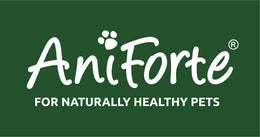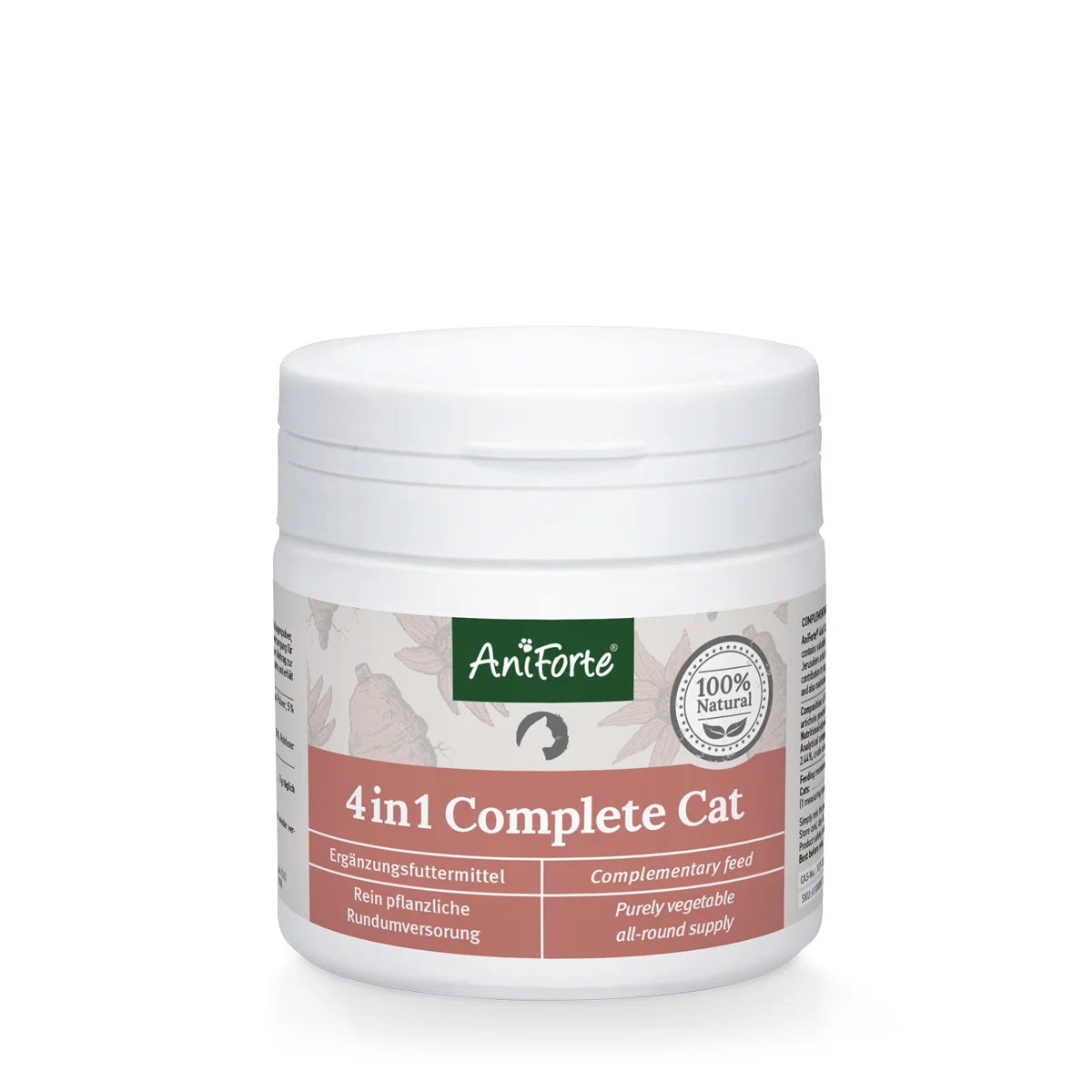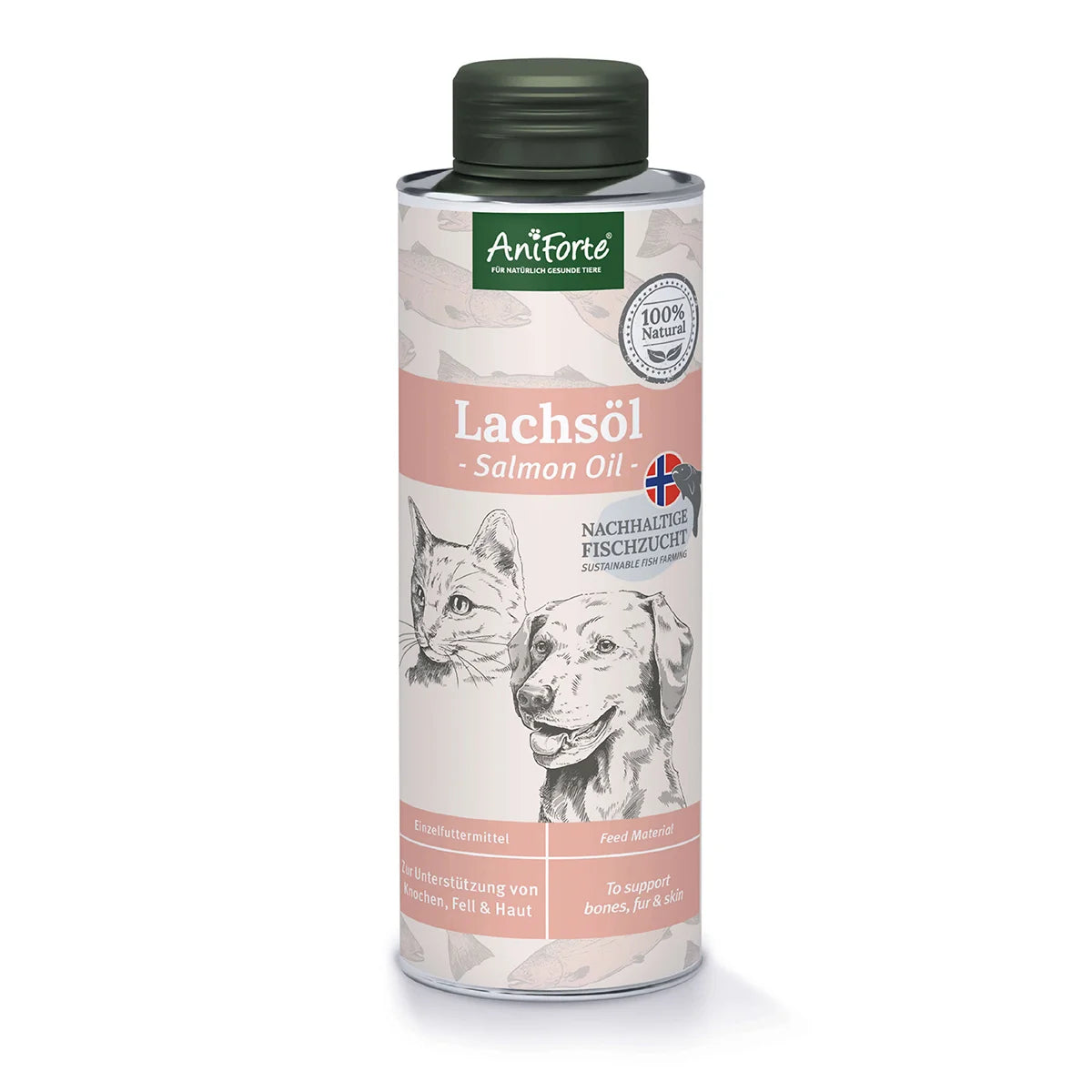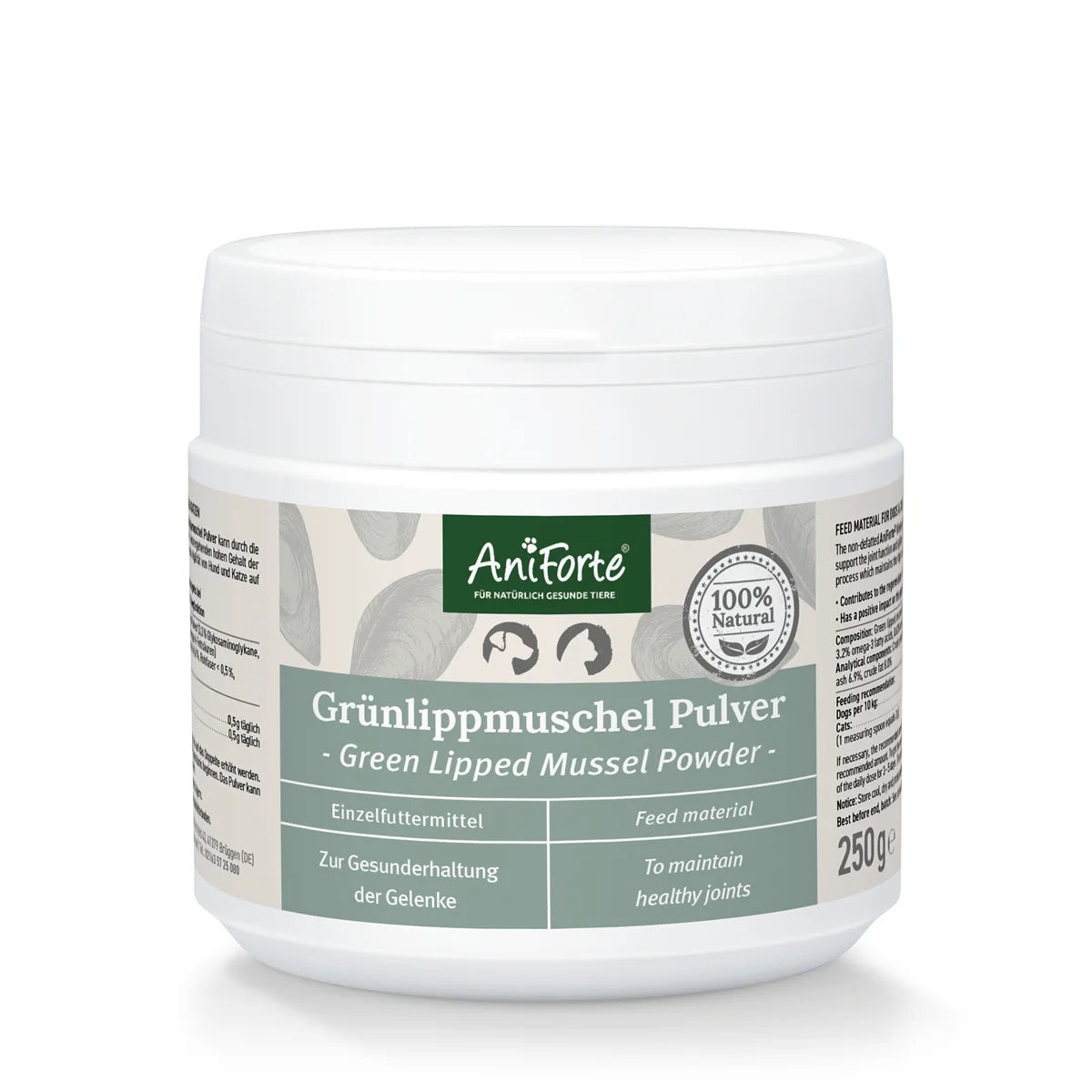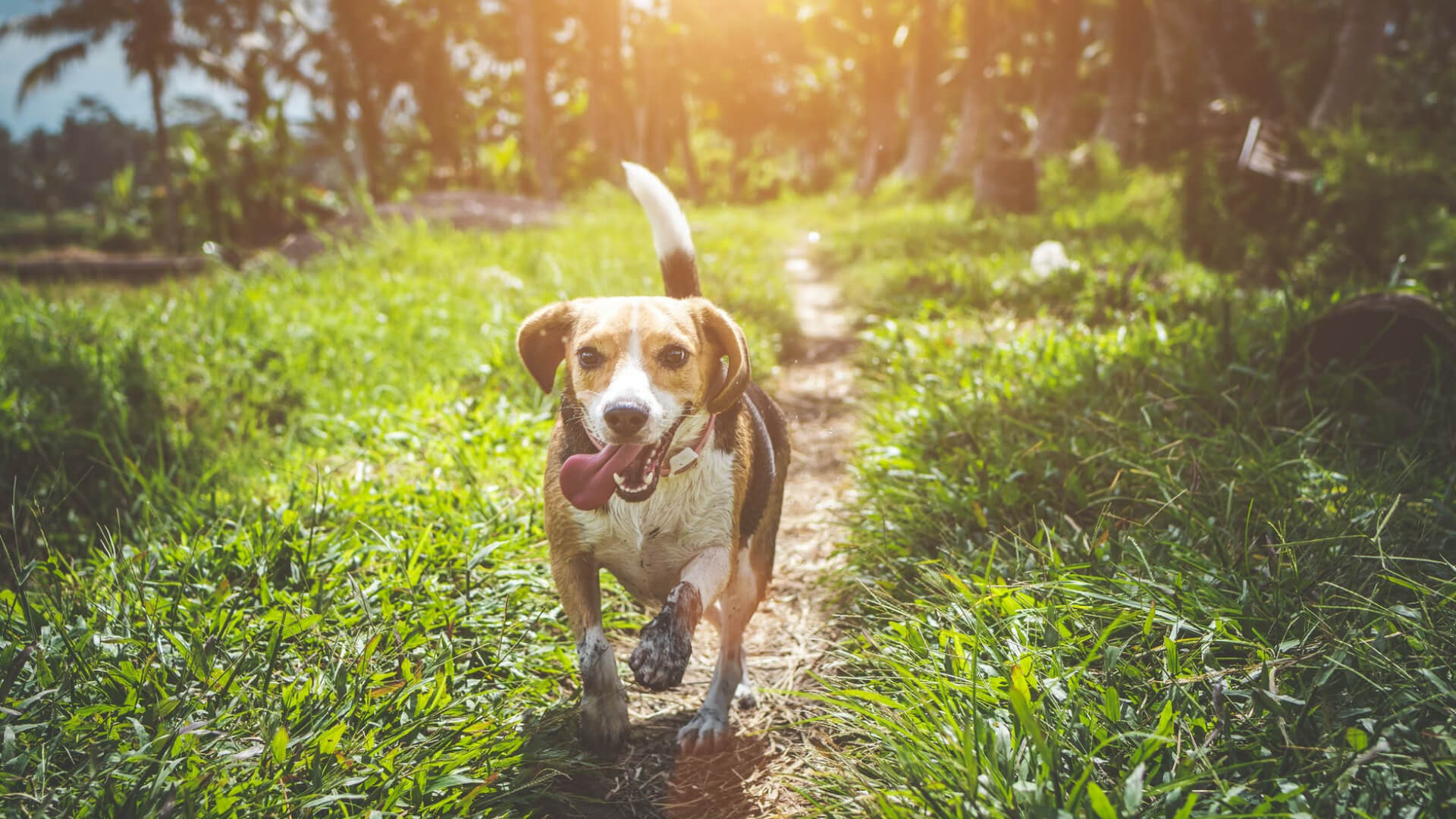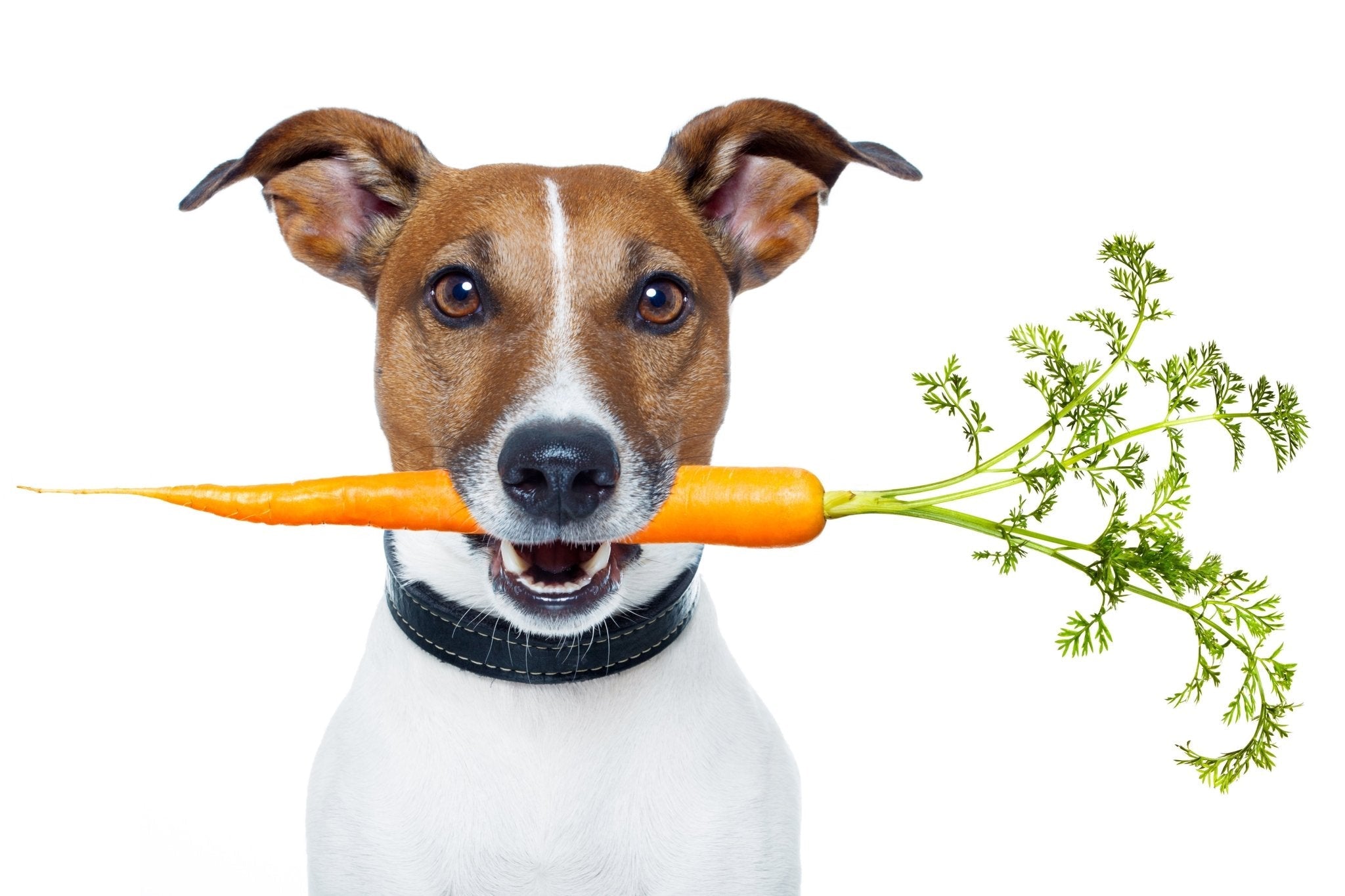
Raw feeding has become increasingly popular in recent years. Because poor quality dog food production and allergies, intolerances and modern diseases in dogs, many pet owners have been switching to fresh preparation of dog food. Raw feeding helps to take your pet back to nature, with unprocessed and heathy food. Today we will introduce you to the topic of raw feeding for dogs.We will lay out the pros and cons in switching to raw feeding and what you need to pay attention to when compiling your menu.
What is Raw Feeding (or BARF) for dogs?
The term BARF was coined by the American Debbie Tripp. The original meaning was “Born-Again Raw Feeders,” and aimed at “rebirthing” the dog’s original diet. The BARF diet stands for two common phrases: ‘Biologically Appropriate Raw Food’ and ‘Bones and Raw Food,’ guided by the nutrition of animals in the wild, for dogs by their descent from the wolf. Both wolf and dog are primarily meat eaters (carnivores). The basis of raw feeding is raw meat, offal and bone, supplemented by fresh or cooked vegetables and fruits, herbs and oils. This natural nutrition is then further adapted to fit the needs of the individual animal. An alternative to raw feeding is cooking, a method that is also gaining popularity. The cooked meat is then combined with cooked vegetables, fresh fruit and nutrient-rich oils and herbs.
Is raw feeding healthy?
Many pet owners are wondering if raw feeding is really healthy, and there has been a lot of consistently positive feedback. After switching to raw feeding, pet owners report that the dogs appear more healthier and they suffer less from flatulence, gastrointestinal disorders and allergies. Teeth and gums also benefit from raw food, as chewing activity is stimulated and the dog’s natural dental care is supported. Another advantage of raw feeding: the risk of bloat is significantly reduced because the dog’s organism uses the incoming nutrients faster and more effectively.
Whether raw feeding is healthy for your dog depends largely on the extent to which daily feeding is tailored to the needs of your four-legged friend. Too much animal protein and too few minerals and vitamins can quickly lead to an over- or undersupply in the dog’s body. Deficiencies that go untreated can cause illnesses in your dog.
How do you raw feed properly?
The main ingredient for raw feeding should be meat, complemented by offal, bones and occasionally fish. While bones secure the supply of important minerals such as calcium and phosphorus, offal provides a lot of iron, B vitamins, vitamin K and selenium. Fish is an important supplier of omega-3 fatty acids. Omega-3 fatty acids support your dogs cell formation as well as coat and skin health, and they can also be provided through high-quality salmon oil such as our AniForte Salmon Oil. Another great option is the AniForte BARF Line Premium feed oil.
We have also recently added Algae Oil to our range!
The composition and amount of food should be based on the nature and activity of your dog. Are they very active? Or are they more of a cosy couch potato? This can also depend on the age of your dog, puppies require more food due to their fast rate of growth and their energy levels.
With normal physical activity, a dog should consume about 2-3% of its own body weight in food per day. For dogs that have physically and mentally demanding tasks, such as hunting and herding, the energy requirement and need for food is correspondingly higher.

Composition of raw feed for dogs
- 80% meat (this also includes offal, blood and bones)
- 20% vegetables and fruit
- as an additive: natural oils and herbs
A ratio of 70% meat to 30% fruit and vegetables is also acceptable and particularly suitable for calmer and older dogs. A meat content below 70% may cause a significant imbalance in the dog’s protein supply. Proteins are required for body maintenance and for the new formation of tissues such as muscles, bones, connective tissue, skin and hair. You should only consider feeding less than 70% meat if your dog has a disease that requires less meat content.
The downsides of raw feeding
Do not exclusively rely on meat when raw feeding as that can lead to absorption of far too much protein. Too little offal, fruit and vegetables can trigger a lack of nutrients or fibre. Studies have shown that dogs receiving not enough liver and vegetables had a vitamin A / β-carotene deficit. In addition, fresh fruit and vegetables provide important minerals for your dog.
If you are not sure about your dog’s mineral supply, you can supplement your meals with a mineral mix such as our Barf Complete
When feeding fresh vegetables, keep in mind that your dog’s stomach cannot break down the cell walls of plant-based food, preventing the dog’s body from utilising the nutrients optimally. Thus, fresh vegetables should be pureed or lightly pre-cooked before feeding. AniForte provides a great alternative in the form of Vegetable flakes. They consist of dried fruit and vegetables and only need to be soaked and rehydrated in warm water for a few minutes before feeding. This makes them particularly practical and easy to prepare.
Pros and Cons of Raw Feeding
Advantages:
- a healthy immune system
- the dog is less smelly
- fewer parasite infestations
- shiny coat and healthy skin
- good usability of the individual components creates a smaller amount of faeces
- improved muscle structure
- relief from arthritic diseases
- less inflammation in the body
- growth problems are reduced
- the risk of stomach bloat is significantly reduced
- fewer tartar and gum problems from more chewing on the food
- relief for the metabolic organs
- you have full control over the composition of the feed - especially important for dogs with allergies and food intolerances
- flexible choice of ingredients
- hardly any loss of nutrients because everything is freshly prepared
- no unnecessary additives
Disadvantages:
- possible initial pickiness with the raw food, the dog needs to be introduced to raw feeding
- raw meat needs to be stored in the freezer
- risk of infections with parasites, bacteria and viruses, so thorough hygiene in the kitchen is mandatory - but, this is the same as when preparing meat for yourself.
- oversupply or deficiency of nutrients, especially during the dog’s growth phase can cause possible developmental disorders
Raw meat – what is suitable for raw feeding?
Almost any meat is suitable for raw feeding as an animal source of protein. The most commonly fed meat is beef, followed by poultry, horse, rabbit, lamb and game. Of course, these types of meat can also be combined. However, you shouldn’t experiment too much initially, introduce different proteins slowly to figure out what your dog enjoys and to ensure no intolerances. Bland meat like turkey or chicken is a great place to start! Please note this doesn't take into account any allergies your dog may have, slow introduction to each protein is needed so you can pick up on anything that may not agree with your dog.
However, most advise when raw feeding to avoid pork - both from wild boar and domestic pig. Raw pork can transmit the Aujeszky virus, a type of herpes virus. While the virus isn’t dangerous for humans, an infection in dogs or cats can lead to death within a few days. If you still want to feed pork to your dog, cook it thoroughly first.
Bones are great for your dog, for enrichment, chewing, dental health. However, you should also be careful when feeding bones. Chicken necks, duck carcass, cartilage, lamb ribs are all great. They are soft and can be chewed well even by small dogs. Your dog will also be happy with large fleshy bones, where he can nibble for long periods of time. Be sure to always keep an eye on dogs with bones to ensure they chew properly and do not choke.
If your dog does not have any bones in his BARF meal, you need to add a calcium source, for example our Eggshell Powder.
When feeding bones be careful not to offer too much at once. More than 10 grams of bone per kilogram of body weight per day can lead to constipation and bone faeces in your dog, and in the worst case, even intestinal perforation can occur.
Other supplements should be individually tailored to the needs of your dog. For example, you could add Green Lipped Mussel Powder to help with joint problems.
Frequently used raw meats
- Beef, lamb, goat, horse, game, rabbit: muscle meat, heart, kidney, tripe, liver, all bones, especially the softer ones.
- Poultry: whole chickens, turkey, necks, backs, peeled eggs
- Fish: whole raw fish
- and of course vegetables and herbs
Not sure about raw feeding?
If you would like to switch your pet to a raw fed diet, it is advisable to start by creating a feeding plan, especially for the beginning. You can either do your own research or consult an expert. Our veterinary practitioners can also help you to put together the raw feeding menu for your best friend correctly. Contact us anytime at hello@aniforte.co.uk - we are here to support you!
If you are not feeling confident with creating your own menu, there are companies such as our friends at Nutriment that offer balance meals straight from the box!
